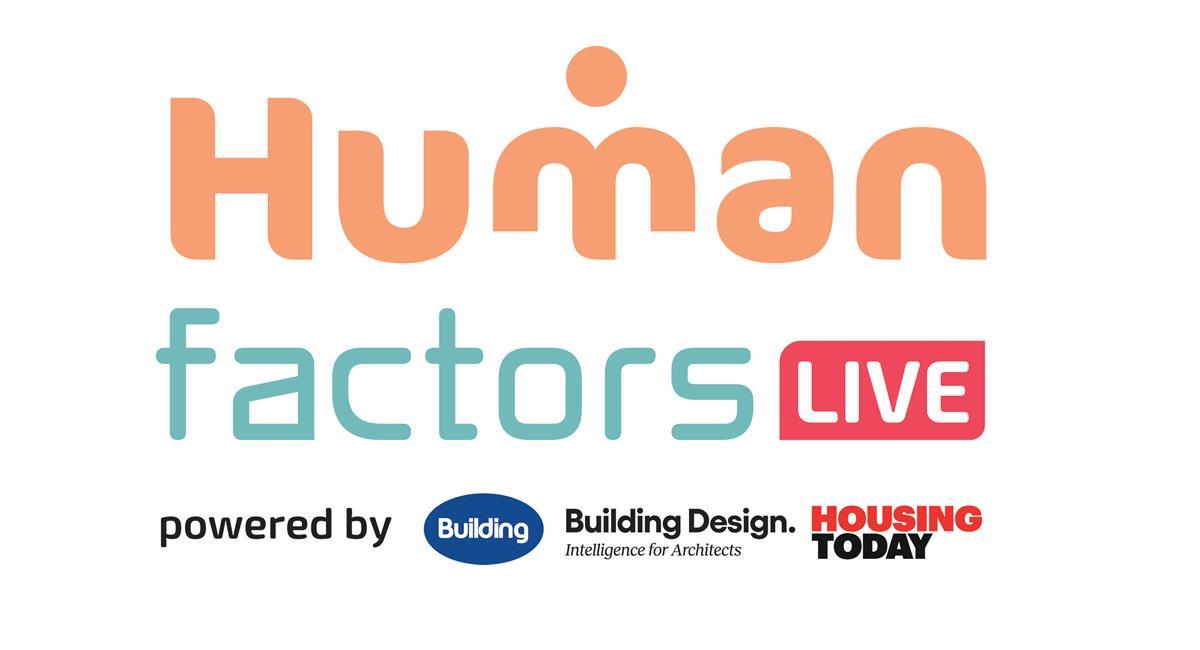Local residents are increasingly using AI tools to craft letters of objection to schemes en masse. We need to think about how technology could help us to create a better planning system, writes Paul Smith
Way back in 2020, the Planning for the Future white paper promised a “digital-first approach” to the planning system, with digital local plans, site notices, consultation and decision-making.

Anyone who has recently tried to download application documents from a council website and been faced with 127 pdfs all called “document” will appreciate that we are still a little way off that digital nirvana.
However, one area where we have seen rapid change is the increasing use of artificial intelligence by local residents to craft objections to planning applications.
A growing number of websites will produce a professional-looking response for a relatively modest fee – all the user need do is upload a link to the application. “Our planning AI writes persuasive, policy-centered objection letters to development proposals you want to object to – in just a few clicks, for a fraction of the cost of a planning consultant,” says one such website.
Facebook groups encourage local residents to take this approach too, with some including suggested ChatGPT prompts for creating objection letters or even planning appraisal reports to oppose applications they don’t like.
The responses produced in this way are not always factually correct, often reading like a “greatest hits” of planning objections. They frequently seem to refer to other pieces of legislation which are not relevant to the planning process and commonly finish with threats of judicial review or to report officers or applicants to the Royal Town Planning Institute.
Their accuracy will no doubt improve over time and, in the meantime, they will increase the number of objections.
Members of Facebook groups opposing particular schemes celebrate the number of objections submitted in this way, often running into the thousands. One group pointed out to its members that “we now have a new AI-based method for submitting objections, please give it a try, even if you have already objected, there is no limit how many times you can submit”.
One local resident sent 250 separate objection emails about a single application in Staffordshire, critiquing individual submission documents as well as the responses from statutory consultees.
It is hard for local councillors elected on wafer-thin margins to approve a scheme in the face of widespread local opposition when there is very little downside to them doing so
The number of objections, of course, should not influence the outcome of an application. As one Inspector put it recently in awarding costs to the successful appellant for a scheme to redevelop a former gas works in Brighton, “while the views of local residents and local organisations must be taken into account, the extent of local opposition is not in itself a reasonable ground for resisting development. To carry weight, opposition should be founded on valid planning reasons and supported by substantial evidence.”
But we all know that often is not how it works in practice. It is hard for local councillors elected on wafer-thin margins to approve a scheme in the face of widespread local opposition when there is very little downside to them doing so.
The increasing number and length of objections created by AI makes yet more work for already over-stretched case officers as they try to record and summarise those responses.
Help may come from the “consult” part of the brilliantly named Humphrey suite of digital tools being developed by the government. Consult was recently trialed as part of a consultation on non-surgical cosmetic procedures in Scotland, producing a near identical summary of responses to that written in the old-fashioned, human way. In time, a similar approach could be used for planning applications – but that would result in one AI bot producing lengthy objections and another condensing them back down.
If all local residents are doing is deciding they don’t like the scheme before uploading the application documents to a computer to find out why they don’t like it, is there really any point in asking them at all?
Perhaps more importantly, AI objections undermine the whole rationale for public consultation. Local communities, we are told, know their areas best. They know what it needs and will know things that applicants or planning officers might not. So, we should ask them what they think.
But if all local residents are doing is deciding they don’t like the scheme before uploading the application documents to a computer to find out why they don’t like it, is there really any point in asking them at all? We could get the same information by requiring planning officers to ask an AI bot what’s wrong with the scheme instead.
Local residents who take that approach aren’t trying to improve the scheme or offer feedback based on local knowledge. They’re simply trying to exercise veto power to stop it going ahead.
It is already difficult to spot these responses and will only become harder as the technology improves. To deal with that challenge, we will need a new way to engage with local communities that preserves the original intention of doing so – to tap into their local knowledge.
Maybe technology will help us move away from the traditional letter/email approach to consultation and allow us to use more interactive methods instead
Perhaps that could involve representative polling, as some have already been advocating. Maybe technology will help us to move away from the traditional letter/email approach to consultation and allow us to use more interactive methods instead, like the Adam Smith Institute’s Fantasy Football-inspired approach. That could, in turn, result in responses from a broader cross-section of the community than is currently the case.
By forcing us to re-imagine the way consultation works, AI could leave us with a better planning system that allows us to gather opinions on the things that really matter from a wider range of people. But we need to start thinking about how that will look now.
Paul Smith is the managing director of Strategic Land Group
















No comments yet